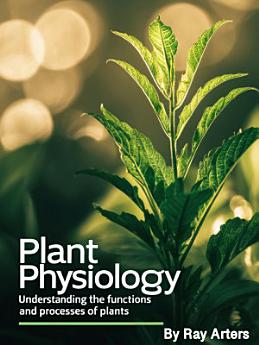Plant Physiology: Understanding the Functions and Processes of Plants
About this ebook
The plant cell serves as the fundamental unit of plant life, distinguished from animal cells by several unique features that directly relate to plant physiological processes. The presence of a rigid cell wall composed primarily of cellulose provides structural support that enables plants to grow tall and compete effectively for light, while also creating unique challenges for cell expansion and intercellular communication. This cell wall represents far more than a simple protective barrier, functioning as a dynamic structure that responds to environmental cues, facilitates water and nutrient transport, and provides defense against pathogens and herbivores.
Within the cell wall lies the plasma membrane, a selectively permeable barrier that controls the movement of substances into and out of the cell. Plant plasma membranes contain specialized transport proteins that facilitate the uptake of essential nutrients while excluding potentially harmful compounds. These membrane systems exhibit remarkable specificity and regulation, allowing plants to maintain precise control over their internal chemical environment despite dramatic fluctuations in external conditions.








